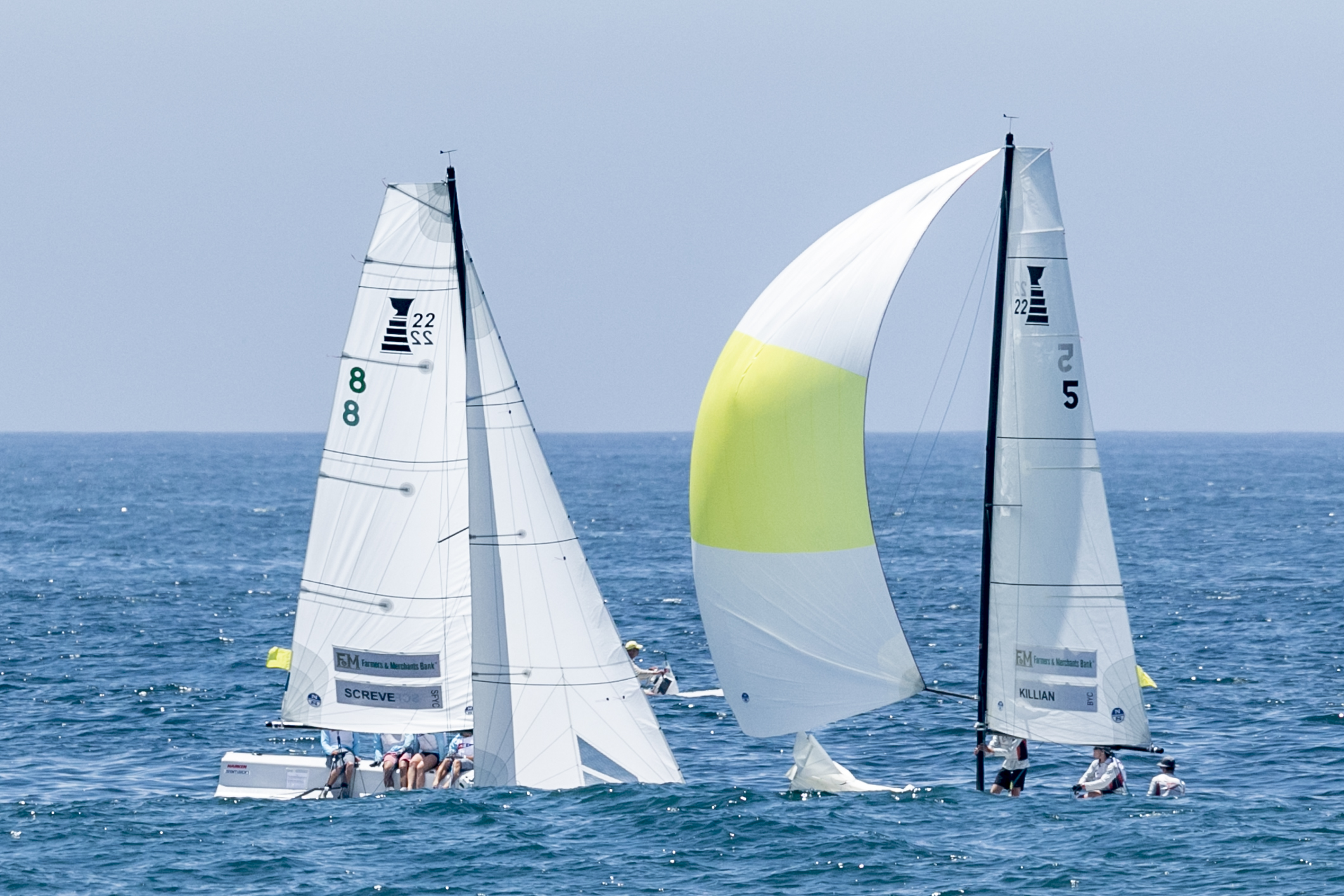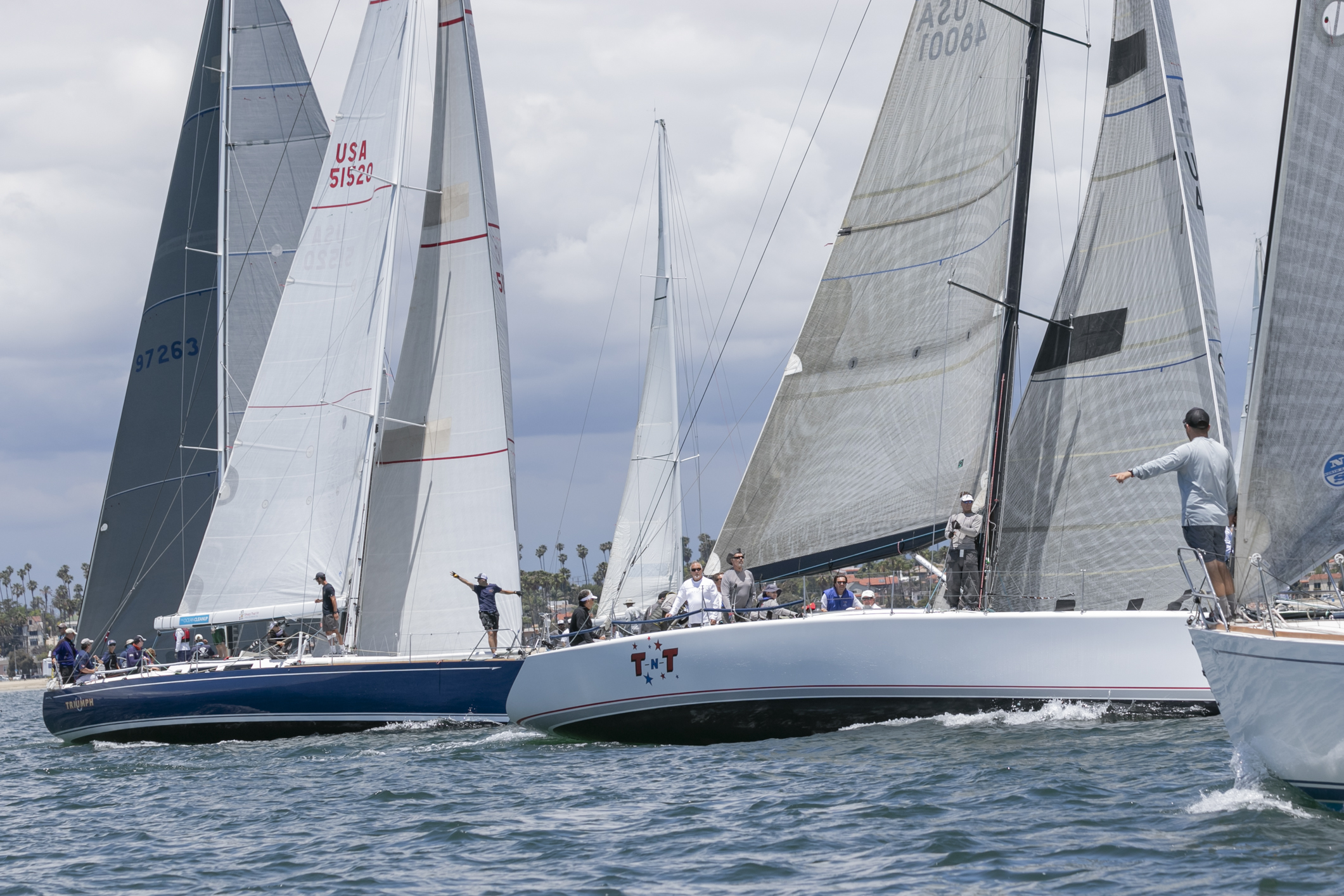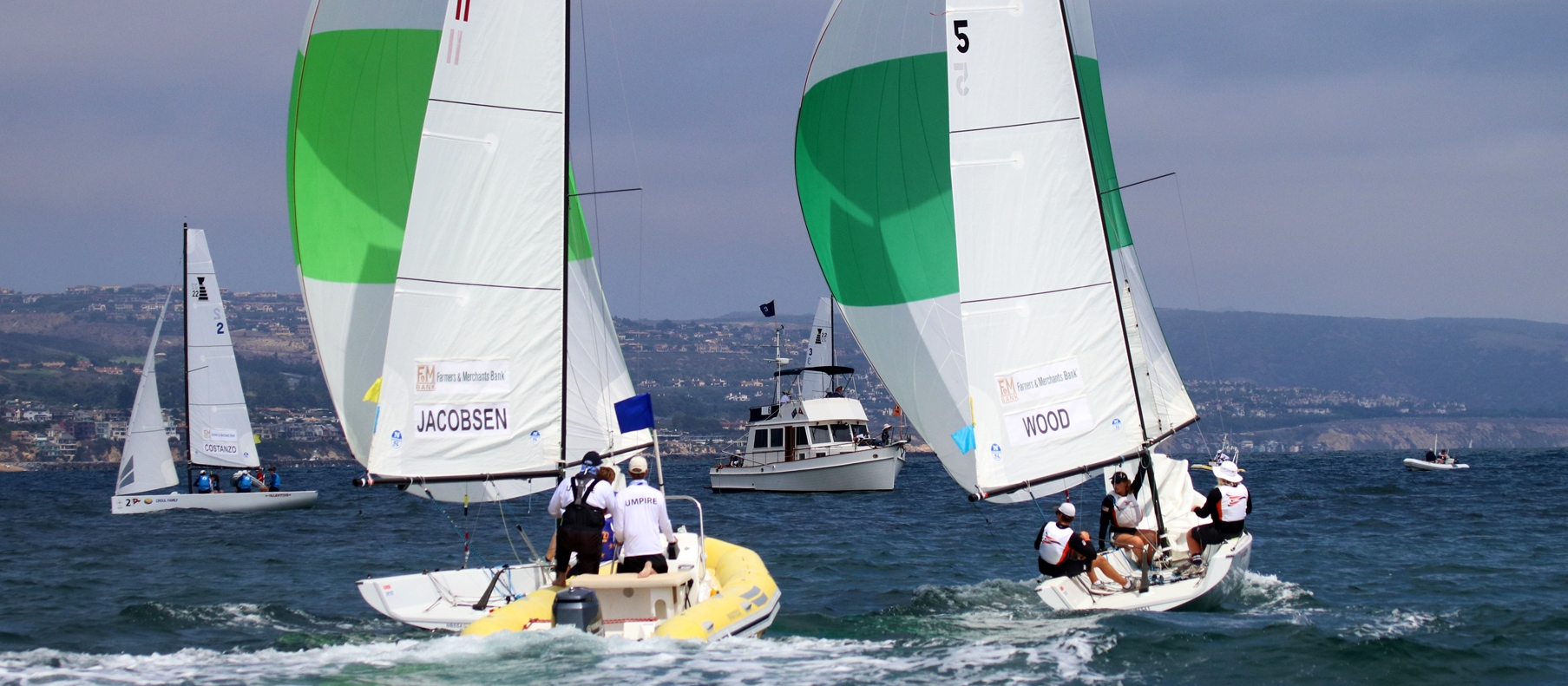Ahoy!
Well, summer will be unofficially over after Labor Day weekend, and I cannot believe how fast this summer cruised over the horizon. Although the calendar says fall starts Sept. 21, it is this weekend that signals the end of summer across the nation, and boats will start to disappear from the water, heading to their winter homes. However, in our area, I think that after Labor Day is best time to be on the water because the weather remains warm and the harbor is less crowded. Since our waterways do not ice over nor do we experience the bitter cold of some other areas of the nation, we have the luxury of boating year-round.
Labor Day originally began in 1882 as an effort by labor unions and organizations to give workers a holiday, and it was declared federal holiday in 1894. The holiday was set for the first Monday of September – to add another holiday in the gap between Independence Day and Thanksgiving – and the idea was to hold parades, local speeches, and festivals. Yet, how many people would have to work on Labor Day to manage all these events?
Today, Labor Day is more of holiday to spend time with friends and family recreating in outdoor activities such as boating. This weekend I am planning be a mile above sea level on Lake Arrowhead to sail in my last C Scow series for the season with skipper/owner Kurt Zimmerman and Anne Keller. Last weekend the winds on the lake were very unpredictable, going from doldrums to knock-down gusts that made the races a tactical challenge, but that did not prevent the three of us from grabbing first place in all three races.
Back locally, you can read about sailing in Newport Harbor in the Newport Indy’s Under Sail section with John Drayton as the Senior Sailing Editor. This sports-oriented section is perfect to bring you the local sailing scene and the race results along with additional articles written by guest contributors.
On any day, you can see almost any type of watercraft in Newport Harbor, and this diversity of uses is what makes this harbor very popular. In the morning hours, rowing teams, kayaks, and other paddle craft are out on the calm glassy waters. The afternoon breeze will bring out the sailboats, with sailors gliding through the harbor, along with charterboats touring the channels, and recreational power boats with friends aboard. The evenings tend to have a fair number of charterboats, and the Duffy electric boats swarm the waters on cocktail cruises.
Yet, there are many more types of watercraft, from the stand up paddlers to the personal watercraft users – and now a water jet pack. However, let us not forget the commercial boats that work in the harbor including tugs, barges, cranes, and work boats. The commercial boats category can include the Orange County Sheriff Department’s Harbor Patrol Division which provides the on-the-water patrol, rescue, and marine fire fighting for Orange County’s three harbors. Additionally, the Harbor Patrol assists visiting boaters with guest mooring throughout the harbor, and the five guest slips at its facility.
Last week I left you with this question: Does a tug towing or pushing a barge always have the right-of-way in every situation? The answer to the question is “no,” but I will elaborate on this next week, as I am out of room right now.
Tip of the week is to just keep in mind that the sun will start setting earlier, so check your navigation lights. All vessels must display the proper navigation lights from sunset to sunrise and during periods of restricted visibility. Most boats under power are to display a forward 225-degree, white “mast head” light, a red light on the port side with a green light on the starboard side both displaying 112.5 degrees from the bow aft on their respected side, and a white stern light displaying 135 degrees astern. This completes a 360-degree circle around the vessel for other skippers to approximately calculate your direction of travel.
For vessels under sail power only, meaning not using the engine, do not display the masthead light, but display the forward red and green lights, and the white stern light. There are exceptions to these rules, such as towing, vessels restricted with reasons, emergency operations, small rowing canoes, and large ships. Know before you go – pick up a book that explains the different lights and day shapes to carry aboard for quick reference. I carry a cheat sheet next to my U.S. Coast Guard’s master license that I use to refresh my memory.
And don’t forget: Tune in to the No. 1 boating radio talk show in the nation, Capt. Mike Whitehead’s Boathouse Radio Show, broadcasting coast-to-coast on the CRN Digital Talk Radio syndicated network every Saturday at noon, Pacific Time and replayed on Sunday at 10 am Pacific. Join Chandler Bell and me as we talk about “all things boating.” You can find the station listings, cable TV channels, live streaming on the Internet, and now available are apps to listen to the show for your iPhone, Blackberry, iTouch, Android, Palm, and Windows Mobile at www.BoathouseTV.com or www.BoathouseRadio.com.
Until next week, Safe Voyages!




